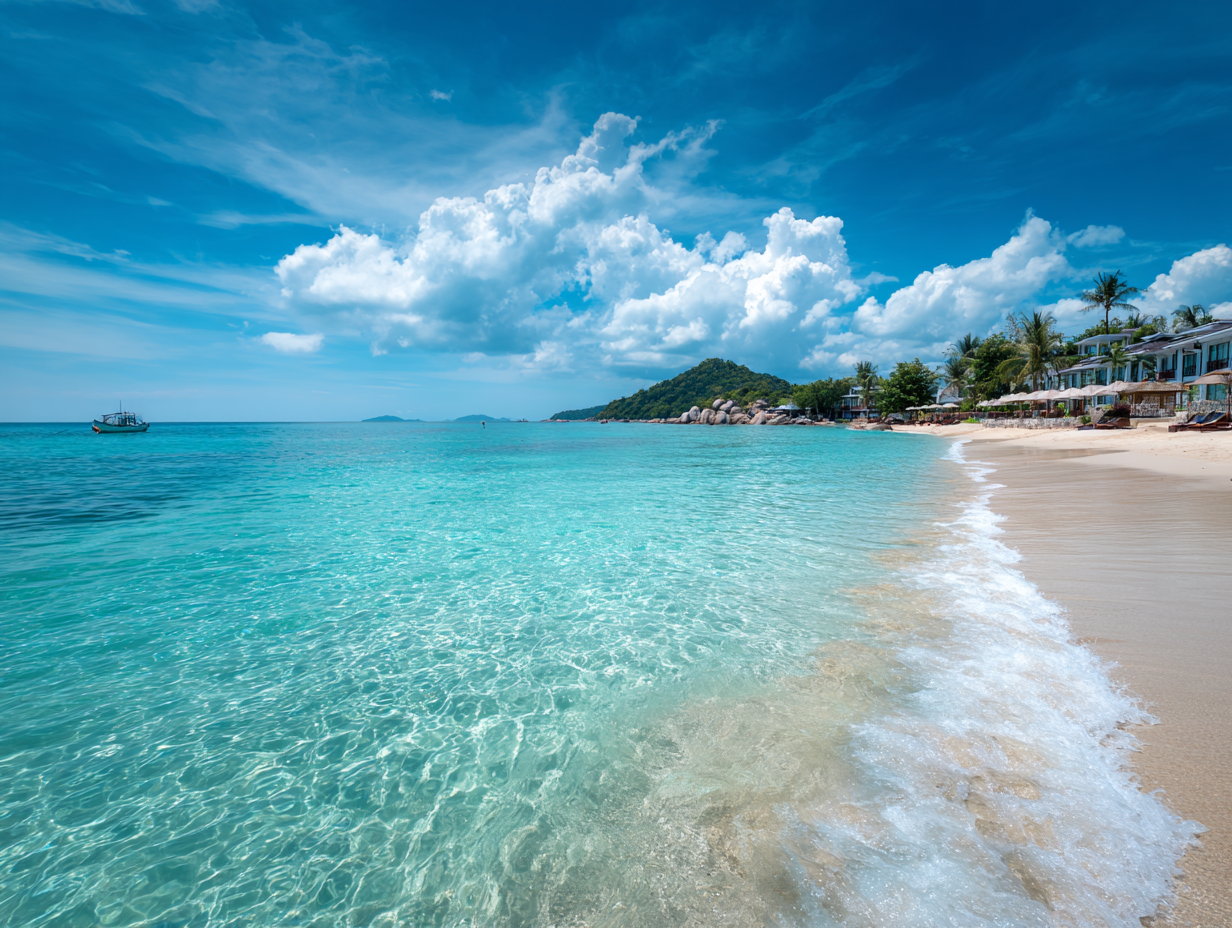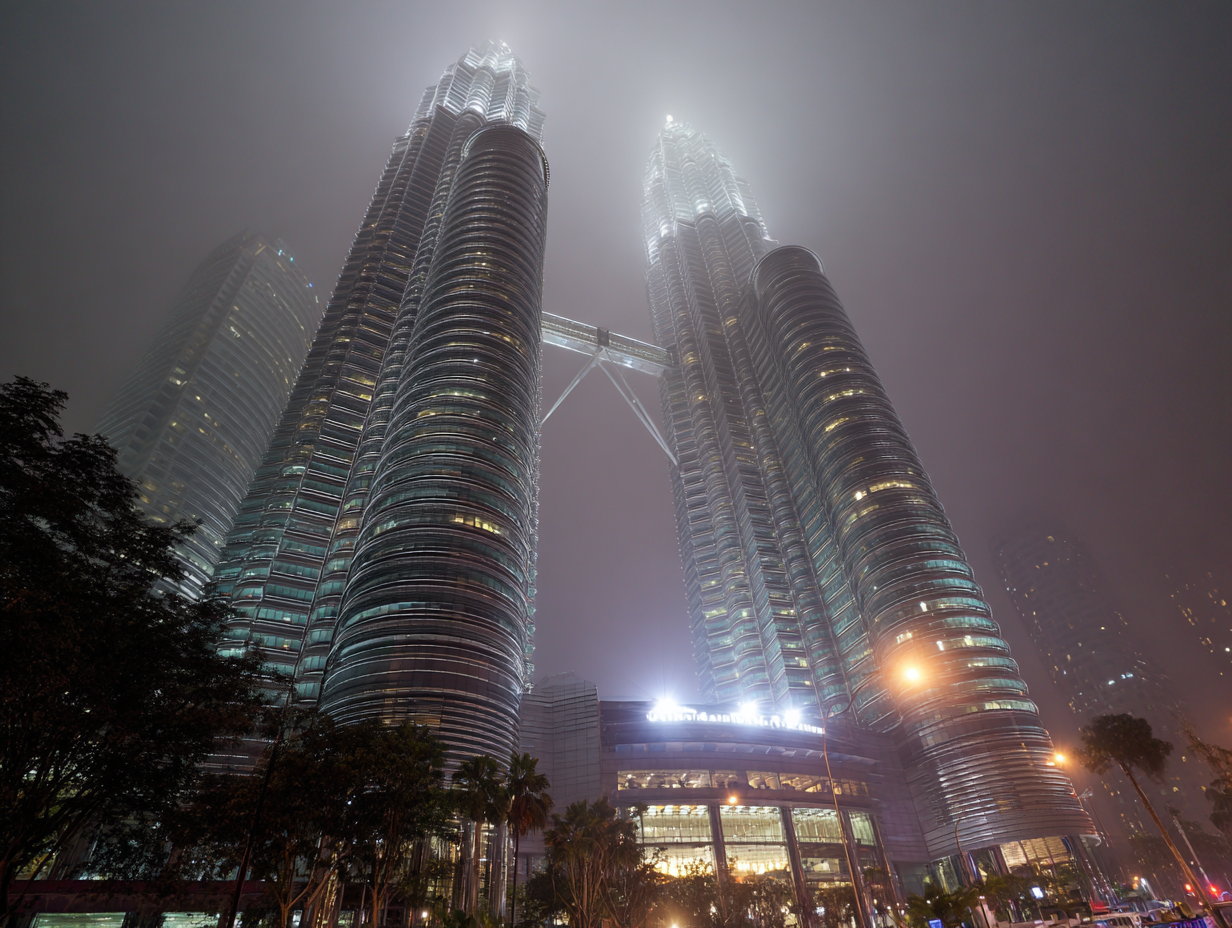Back and neck pain are among the most common mid-air complaints. Older passengers, frequent flyers, and those with existing spine issues are hit hardest, but even healthy travellers are not spared. Read on.
You land after a 12-hour flight, shuffle off the plane, and before you even spot the luggage carousel, your back feels like it has been through turbulence. Sound familiar? Long-haul flights, especially in economy, are tough on the body. Cramped seats, bad posture, awkward sleeping angles, and the battle for armrests leave your spine aching more than your head. If you have ever thought you needed a physiotherapist at your destination before even enjoying your holiday, you are not alone. Back and neck pain are among the most common mid-air complaints. Older passengers, frequent flyers, and those with existing spine issues are hit hardest, but even healthy travellers are not spared.
So why exactly does flying make your back ache?
There are four main culprits working against you at 35,000 feet:
1. Cabin Pressure
Reduced air pressure causes spinal discs to expand slightly, pressing on nerves and triggering stiffness.
2. Prolonged Sitting
Hours in the same position compress the spine and tighten muscles.
3. Poor Seat Design
Economy seats rarely offer proper lumbar support, which makes slouching almost inevitable.
4. Limited Movement
Restricted space stops you stretching properly, leaving your body stiff and sore.
The good news? You do not have to suffer every time you fly long-haul. With smarter seat choices, posture tweaks, and a few travel hacks, you can protect your back and neck even in economy.
1. Choose The Right Seat Before Take-Off
Think of seat selection as your first line of defence. Where you sit often shapes how you feel when you land.
- Aisle Seats: Best for those who like to move around often. Easy access to stretch and walk without climbing over people.
- Bulkhead Or Exit Row: Extra legroom means more space to stretch and adjust your posture.
- Avoid Rear Seats: They are bumpier, noisier, and usually offer less recline.
If your budget stretches further, upgrading to premium economy or business makes a visible difference. Adjustable headrests, better recline, and lumbar support can turn hours of pain into hours of rest.
2. Fix Your Posture And Sleep Smarter
Even the best seat will not save you if your posture is poor. Long flights magnify every slouch and twist.
- Sit all the way back with your lower spine supported. A lumbar pillow or even a rolled-up jumper can help.
- Keep feet flat on the floor or use a portable footrest.
- Avoid crossing your legs, which shifts hip and spine alignment.
- Recline slightly to spread weight more evenly.
- Lift your screen to eye level to prevent neck strain.
Quick hack: Empty your back pockets. Wallets and phones tilt the pelvis, which can add extra stress to your lower back.
When sleeping upright:
- Use a neck pillow with chin support so your head does not flop.
- Recline with a pillow behind your lower back for stability.
- Avoid sleeping on the tray table – it feels convenient but punishes your spine.
3. Pack Travel Gear That Saves Your Spine
Your carry-on can make or break your comfort. A few lightweight additions change everything.
- Lumbar support pillow to maintain spine alignment.
- Neck pillow with chin support to stop awkward tilts.
- Compression socks to keep circulation flowing and swelling down.
- Portable footrest for extra leg comfort.
- Pain relief kit with mild painkillers, heat patches, or prescribed relaxants.
Pro tip: Keep them in your under-seat bag so you do not strain reaching into the overhead bin.
4. Dress For Comfort, Not The Runway
What you wear is just as important as where you sit. Loose, breathable fabrics let you move freely, while layering helps with shifting cabin temperatures.
For footwear, supportive trainers or slip-ons are better than tight shoes. Your feet will swell during the flight, so comfort outweighs style at 35,000 feet.
5. Keep Moving With Easy In-Flight Exercises
You do not need a yoga mat to keep your body flexible mid-air. Small, regular movements are surprisingly effective. Experts recommend ankle rolls, seated cat-cow stretches, neck rolls, and glute clenches every 30 to 60 minutes. A quick walk down the aisle is also enough to reset your spine.
6. Stay Hydrated And Eat Smart
Cabin air is dry, which can stiffen muscles and make you more prone to pain. Drink water frequently and skip excess alcohol or caffeine, which dehydrate you faster.
Food plays a role too. Heavy, salty meals cause bloating and stiffness. Choose lighter, protein-rich snacks like fruit, nuts, or yoghurt for better comfort.
7. Manage Pre-Existing Back Issues Before You Fly
If you already live with back pain, scoliosis, or spinal stenosis, preparation is non-negotiable.
- Speak to your doctor before booking for advice on exercises, medication, or braces.
- Carry a medical note if you need special seating arrangements. Most airlines are cooperative with documentation.
- Wear a back brace if recommended.
- Break long journeys with layovers, even if it adds time. Sitting for shorter stretches is easier on your spine.
Bonus tip: Think about recovery after you land. Stretch before standing, and use trolleys for heavy luggage instead of carrying it yourself.
The Bottom Line:
A long-haul flight does not have to end with you stiff and hunched. With smarter preparation and simple mid-air habits, you can step off refreshed instead of aching.



